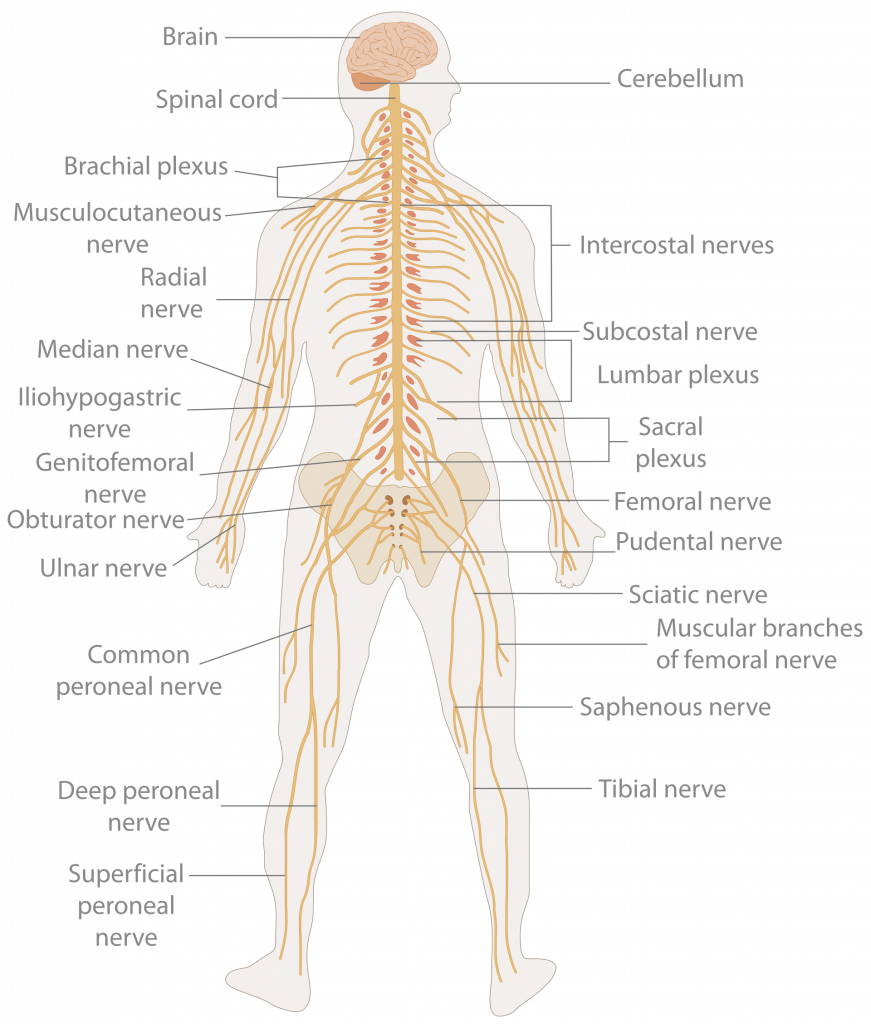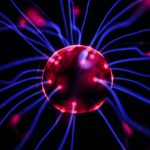The nervous system is responsible for communication through the body and regulation of homeostasis, which are the different self-regulatory body processes like control of body temperature. First, let’s take a look at what the nervous system is made up of:
- the brain
- spinal cord
- sensory organs
- nerves that connect all the parts together
The nervous system is divided into two main parts, the central nervous system and the peripheral nervous system. The spinal cord connects the brain to the peripheral nervous system. The peripheral nervous system is a network of nerves that connect the body to the central nervous system.

Receptors within the body (also known as stimuli) monitor things like temperature, light, pH and carbon dioxide concentration. This information is otherwise known as sensory input which is then converted into electrical impulses that are transmitted to the brain. These create thoughts or decisions. This information is transmitted back through the nervous system by electrical signals to muscles to contract or glands to secrete hormones. This produces a response that allows somewhat automatic body functions like walking.
A brief explanation of the nervous system:
This article was written by Adriana Przystasz
Photo by Josh Riemer on Unsplash

